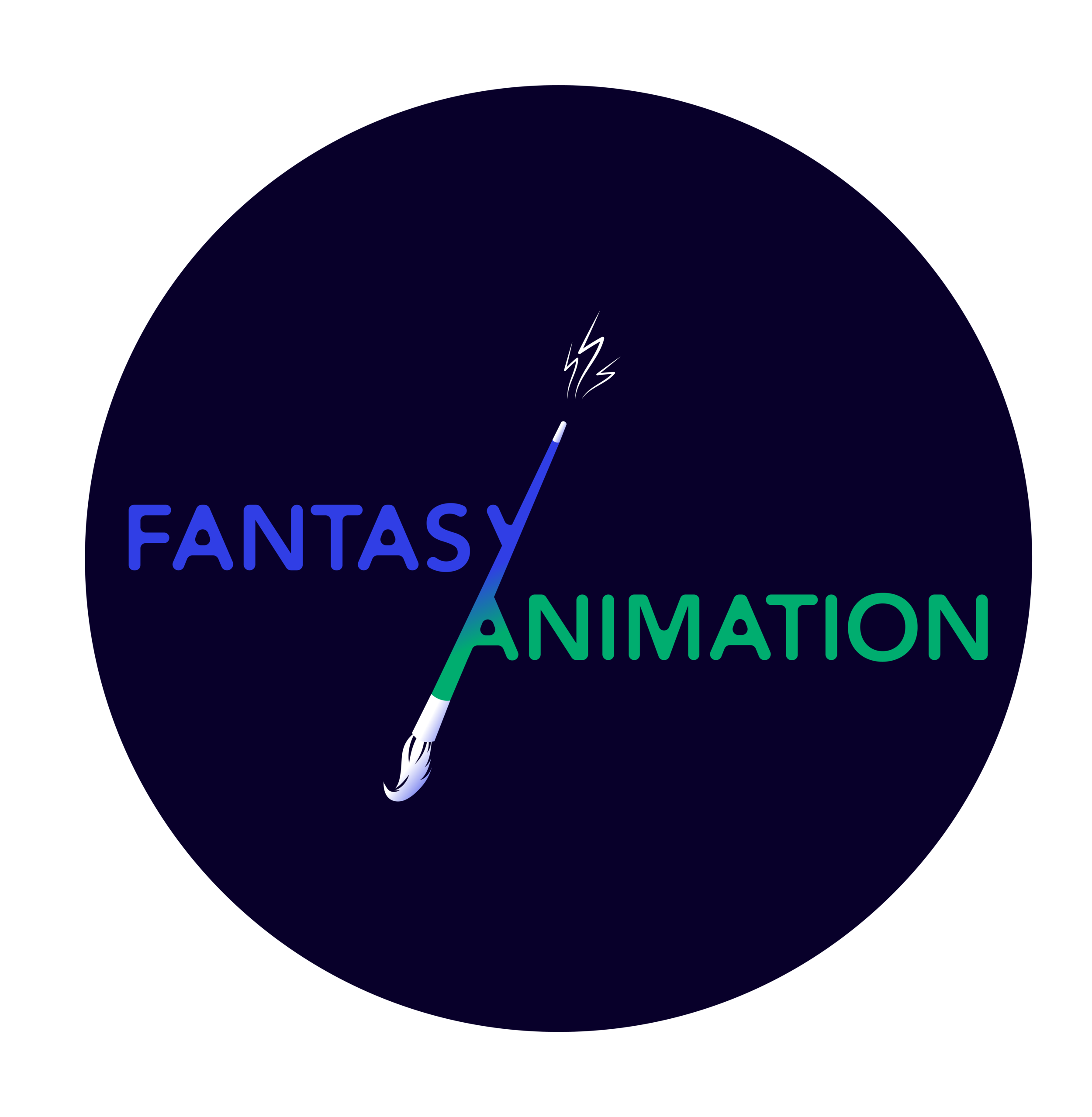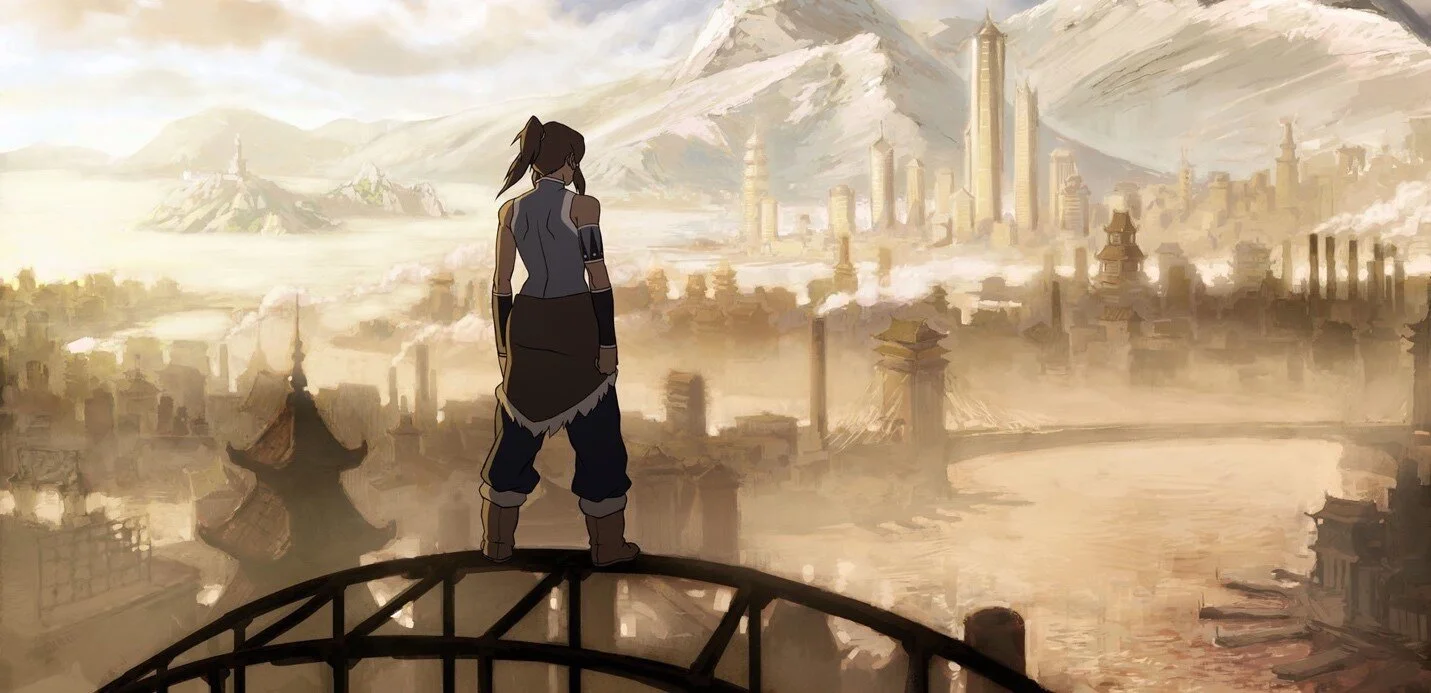Don Corrigan’s light-hearted Nuts About Squirrels: The Rodents that Conquered Popular Culture (McFarland, 2019) makes the case for a squirrel as the dominant rodent of American popular culture.
Read MoreMy name is Michael Tanzillo, and I’ve worked for years in the animation industry at top studios like Blue Sky Studios, and on computer-animated feature films such as Ice Age (Chris Wedge, 2002), Rio (Carlos Saldanha, 2011), and Ferdinand (Carlos Saldanha, 2017).
Read MoreIn the first part of this blog post, I looked at how Petite Maman evokes the fantastic in its movement between what Tzvetan Todorov calls the uncanny and the marvellous, through the tale of a young girl (Nelly) meeting her own mother (Marion) at the same age. In this second part, I will look in further detail at the magical uncertainty, ambiguity and a wavering between different cinematic modes that Sciamma’s film presents.
Read MoreThe Wheel of Time (Rafe Judkins, 2021) is a highly anticipated Amazon Prime TV series based on Robert Jordan’s book series under the same title. The first season comprises eight episodes and recounts the events from The Eye of the World (1990), the first volume of Jordan’s epic saga, introducing its main characters in a familiar Tolkienian fashion.
Read MoreBeing Colombian is an act of faith. This is how Jorge Luis Borges aptly puts it in his short story ‘Ulrikke,’ published in a 1975 collection. And although I have felt that my identity as a Colombian has always been somewhat unstable or in doubt for a variety of reasons (like growing up in an increasingly globalized world), it was never as affirmed as it was when I went to the cinema to see Disney’s recent computer-animated feature Encanto (Byron Howard & Jared Bush, 2021) in the UK.
Read MoreTo describe Céline Sciamma’s new film, Petite Maman (2021) (Fig. 1) as “Alain Resnais does Bridge to Terabithia” would surely be to do a disservice to all involved, and the director’s own references are – more appropriately – Alice Guy-Blaché, Germaine Dulac and Miyazaki Hayao (especially My Neighbor Totoro [1988] and Spirited Away [2002]).
Read MoreThe well-rehearsed statement that animation is nothing more than a medium ‘for children’ that is ‘not taken seriously’ enough is troubling on two counts. Firstly, it is clearly an assumption that is wide of the mark, as anyone working in the fields of film, media, or animation studies will tell you.
Read MoreThis blog post follows on from an earlier sequence analysis of Disney’s Moana (Ron Clements & John Musker 2016) in which I explored the redemption of Te Kā by the opening of an anthropomorphised ocean. In this second post, I will analyse the moments immediately following the opening of the ocean, which sees Moana and Te Kā to come face to face.
Read MoreImagination is deeply intertwined with sensorial experience. One sensorial perception can prompt us to imagine a whole setting to go with it, and function as a catalyst for both simple and extremely complex cognitive processes (Berger, 2016). Sound can be a powerful tool to invite the audience to experience something that is not actually there, and because of this, it has been extensively used for world-building and character development within a range of animated and fantasy media.
Read MoreSince its first full-length episode, “Simpsons Roasting on an Open Fire” (1989) (Fig. 1), The Simpsons (1989-) has been nominated for a plethora of awards. It is the first animated series to win an esteemed Peabody Award (1997), which was created to honour powerful, enlightening, and invigorating stories in media, and it has won 34 Emmy Awards across all areas of its production, which is an impressive result for an animated TV series.
Read MoreStarting in the very late 1980s and early 1990s, moviegoers and television watchers in the United States saw a wave of high-quality animation. These included movies like Who Framed Roger Rabbit (Robert Zemeckis, 1988), The Little Mermaid (Ron Clements & John Musker, 1989), and Beauty and the Beast (Gary Trousdale & Kirk Wise, 1991), as well as TV shows like The Simpsons (Matt Groening, 1990-), Rugrats (Arlene Klasky, Gábor Csupó, and Paul Germain, original run 1991-1994), The Tick (Ben Edlund, 1994-1997), and Batman: The Animated Series (Bruce Timm, Paul Dini & Mitch Brian, 1992-1995).
Read MoreChildish Gambino’s animated music video “Feels Like Summer” (Childish Gambino, 2018) places many animated representations of hip-hop artists, actors and well-known celebrities in a fictional Atlanta neighbourhood. We see celebrities engaging in various fun summer activities in this fantasy community, including Migos playing basketball, Will Smith washing his car, and J Cole dowsing the hip-hop duo of Slim Jxmmi and Swae Lee with a water hose for annoying him with water guns.
Read MorePixar’s much-delayed computer-animated fantasy film, Soul (Pete Docter, 2020), was originally scheduled for theatrical release in the U.S. on June 19, 2020, yet was finally released on the Disney+ platform almost a year ago in December 2020. The story follows the life of a middle school music teacher named Joe Gardner (Jamie Foxx) who falls down a manhole on the streets of New York City into another world, a world in which his soul is separated from his body.
Read MoreSince its DVD release, Moana (Ron Clements & John Musker 2016) has carved a home in my heart. When I’m not re-watching it captivated and in love with its artistry, I’ll watch it thinking about the voyage Disney takes into Polynesian histories and the representation of culture which, although efforts were made through the formation of the Oceanic Story Trust to depict authentic Polynesian cultures, often falls short – as one indigenous rights advocate puts: “having brown advisers doesn’t make it a brown story” (Ngata, 2016).
Read MoreEver since Bram Stoker published Dracula in 1897, his vision of the vampire has dominated the popular imagination as the representation of absolute horror. Vampire lore had existed for millennia across numerous cultures, but Stoker’s iteration of the monster as an almost undefeatable entity that represents a cultural other and threatens to subvert modern societal norms has resonated throughout the twentieth and twentieth-first centuries, particularly on film.
Read MoreAt first glance, Studio Mir seems like the cutting edge of animation. The world-renowned studio – known for favorites like Avatar: The Legend of Korra (2012-2014), Voltron: Legendary Defender (2016-2018), and Kipo and the Age of Wonderbeasts (2020) – perches above 20-plus stories in a glass-and-steel building placed in the heart of Gasan Digital Complex.
Read MoreThe development of animated documentaries has expanded the functions of animation art, including recording the culture and life of ethnic minority communities or particular social groups and conveying their voices. Animations like The Stitches Speak (Nina Sabnani, 2009) and They Call Us Maids: The Domestic Workers' Story (Leeds Animation Workshop, 2018) endeavoured to make animation content represent the subjects’ views more accurately.
Read MoreEighty-four years after its first animated feature film, Snow White and the Seven Dwarfs (David Hand, 1937) and fifty-eight movies later, Disney finally has its first Southeast Asian princess with Raya and the Last Dragon (Paul Briggs, Don Hall & Carlos López Estrada, 2021). The titular character, Raya, joins the ranks of their other princess-of-colour from the Disney canon including Tiana from The Princess and the Frog (Ron Clements & John Musker, 2009), Jasmine from Aladdin (Ron Clements & John Musker, 1992), and the titular characters from Pocahontas (Mike Gabriel & Eric Goldberg, 1995), Mulan (Tony Bancroft & Barry Cook, 1998) and Moana (Ron Clements, Don Hall & John Musker, 2016).
Read MoreWhat a delight to participate in the Society of Animation Studies annual conference: “Animate Energies,” hosted this past June out of the University of Tulane by Eric Herhuth. It was sad to not see my SAS friends in person, but on the other hand its remote (and free!) nature likely facilitated participation by those unable to afford the expense or time to travel to an international event.
Read MoreMarvel Studios’ most recent foray into television content, Loki (Michael Waldron, 2021) marks the start of a new phase in the development of the Marvel Cinematic Universe – one guided by multiplicity. Multiplicity is an inherent feature of franchised media products, an inevitable consequence of the sharing of intellectual property sources across multiple sites of production. In its attempt to unleash multiplicity upon the MCU, Loki engages in a metacommentary on the structures of industrialised creativity.
Read More



















